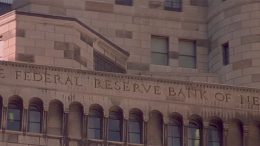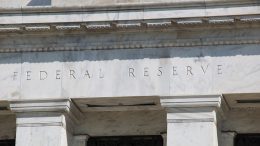Central Banks: Quantitative Tightening, Very Very Frightening?
Multiple rounds of quantitative easing and liquidity injections resulted in more than a four-fold increase in the aggregate G4 central banks balance sheet in the last decade. This experience has many worried about a “quantitative tightening ” trade. Here analysts at BoAML argue that those worries can be put off for another day.










